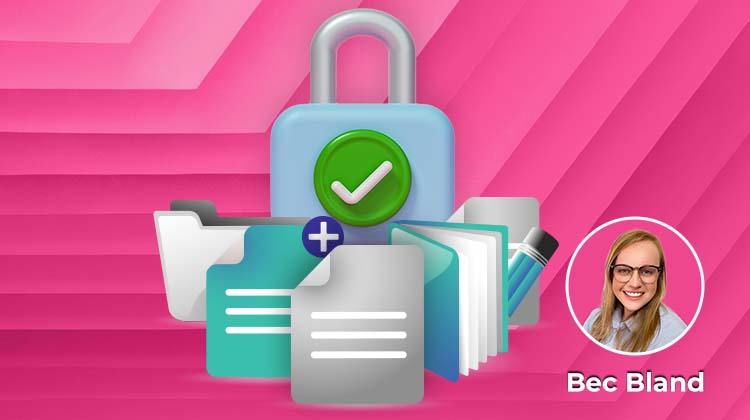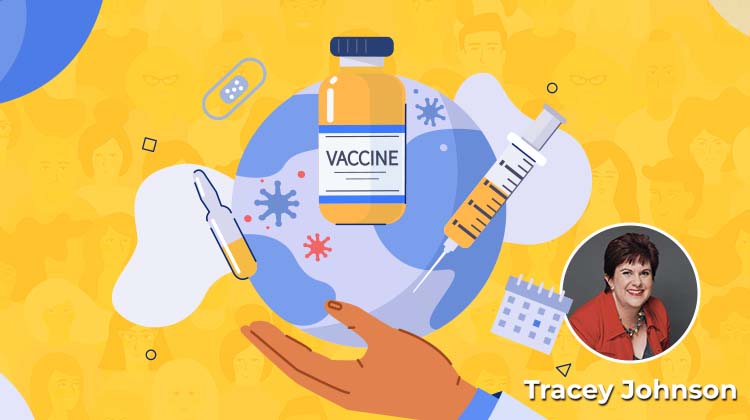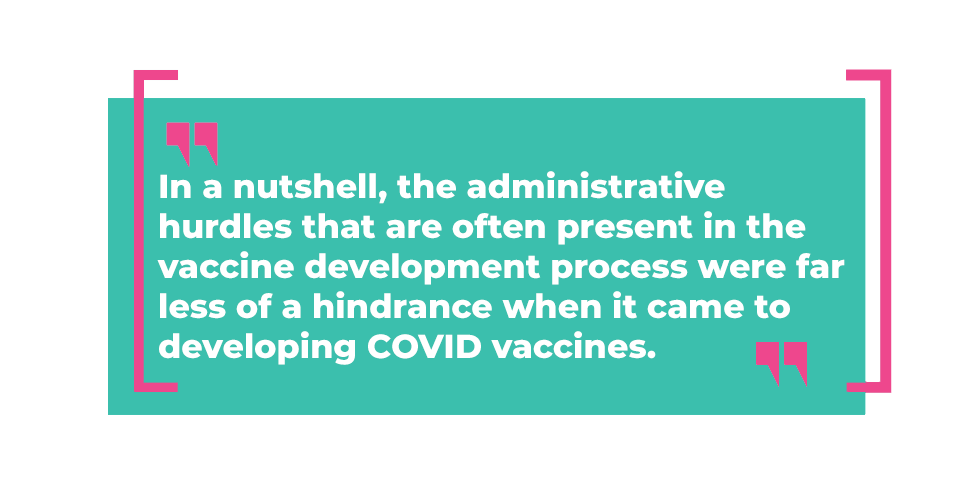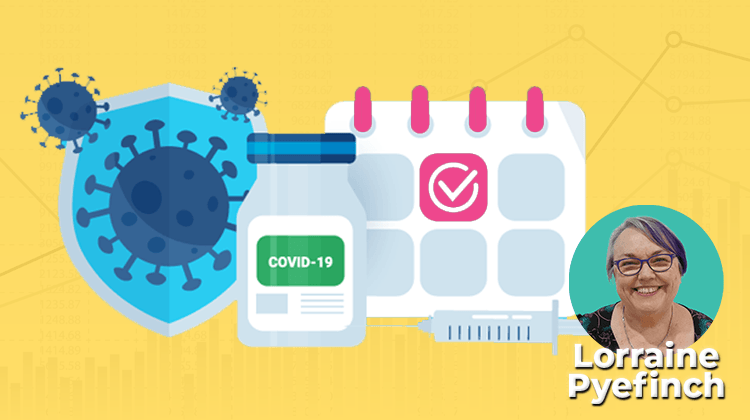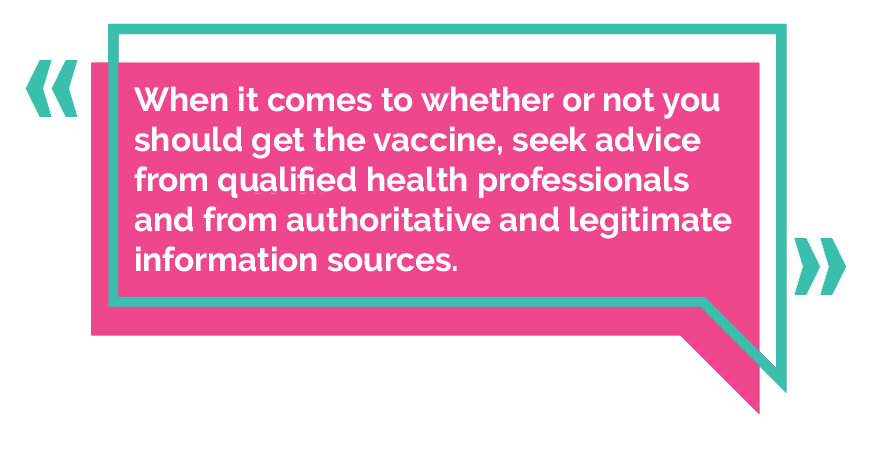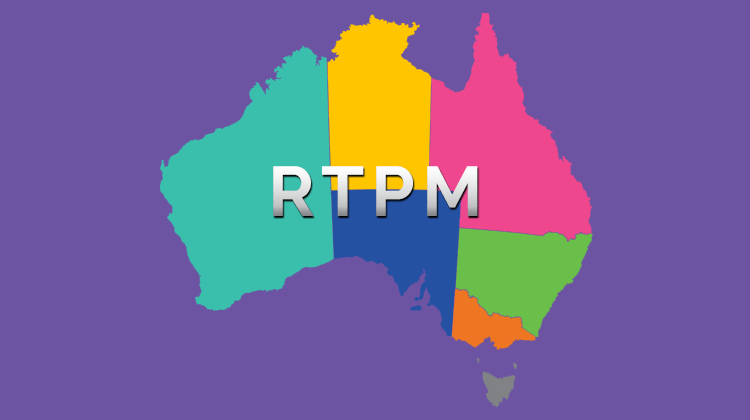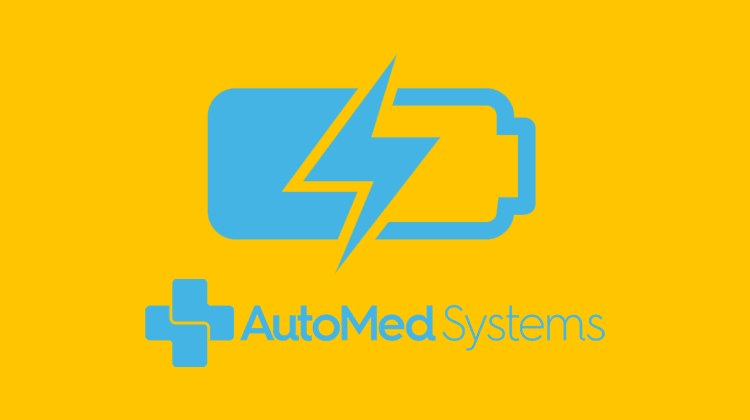The following is a direct statement provided to Best Practice Software from Services Australia.
Services Australia (the agency) is pleased to be working with the Medical Software Industry Association (MSIA) to ensure their members, and more broadly the healthcare software industry developers, have the correct information available for you and your customers.
Concerns have been raised about the changes to the way healthcare locations transmit claims and payments with the Medicare (including AIR and DVA), PBS and Aged Care programs. We want to assure you that the considerable effort you have put into developing and transitioning to web services and PRODA is not in vain.
Confusion About Services Offered by Provider Digital Access (PRODA)
PRODA is an online authentication system that verifies an organisation or individuals’ identity. It is used by multiple programs and services to ensure the right person is accessing the right services. Once authentication is verified through PRODA, the user is passed to the services they are already registered for. Users do not have to register more than once for PRODA.
The services that use PRODA to authenticate are not limited to healthcare programs, and include a range of services from Student Services, Child Care and eInvoicing.
eInvoicing is not for Medicare, PBS or Aged Care claims and payments. eInvoicing is a program that allows government departments to speed up the way they invoice and pay for goods and services (moving away from sending invoices). It is used for government contracts and payments between government departments.
Other Concerns Identified
Sharing of information: PRODA is used for authentication services for many programs, Once authenticated, no details of your secure transactions with linked services are shared outside that program.
Web services: Moving Medicare, Aged Care and PBS claims and payments to web services is part of the Health Delivery Modernisation Budget Initiative to remove adaptors and the significant technical debt and the log4j vulnerabilities associated with them. Claims are assessed and processed in the same way, regardless of the technology the transmission is submitted through.
Authenticating of behalf of customer: Software developers are able to continue to offer their customers the ability to authenticate on their behalf or have their customers (i.e the site) authenticate themselves.
Organisation structures: There is no requirement for Medicare, Aged Care and PBS healthcare locations, including shared GP practices, to set up an entirely new business structure for claims and payments.
Medicare claiming using a PRODA account: Healthcare providers can use their patient management system and web services/PRODA organisation account to claim for Medicare. The PRODA organisation account is linked to the healthcare provider’s Minor ID or multiple Minor IDs.
A provider may choose to submit claims authenticated by their own PRODA account for the practice location they are servicing from. Alternatively, if there are a number of providers servicing from a location, one provider may submit claims on behalf of other providers. This model requires consent from the other servicing providers.
Re-signing up to PRODA: A user is not required to re-sign up to PRODA. A PRODA user only needs to register once and can use this account to link to multiple services. Signing up to PRODA does not request or confirm tax requirements. The organisation set up for submitting claims to Medicare is not for tax purposes.
Important Information for 13 March 2022
Please know that we understand the large amount of pressure the healthcare industry is under. We appreciate your significant efforts in supporting your customers to either transition to web services or to ensure their renewed PKI certificates are installed.
We’ve already let you know that we will not be turning off adaptor technology on 13 March 2022. If your customers are having trouble transmitting claims online from midday on 13 March 2022, it will be because they have not installed their renewed PKI certificate.
The agency is ready to assist you in monitoring your customers’ progress in installing their renewed certificates and to confirm any that may be at risk of not having their certificate installed in time.
In the weeks after 13 March 2022, we will contact developers and healthcare locations that are still transmitting on adaptors and have not requested and been approved for additional time.
For More Information
You can find out more about linking PRODA services here.
For eLearning, simulations and guides about PRODA click here.
You can find out more about eInvoicing here.
If you still can’t find the information you need, please contact us here.
We’ll work with you to provide the right information to your customers.
Explore our range of news and training resources:
Bp Learning Video Library | Bp Learning Training Options | Bp Newsroom Blog
Subscribe to Our Newsletters | Bp Learning Webinars





